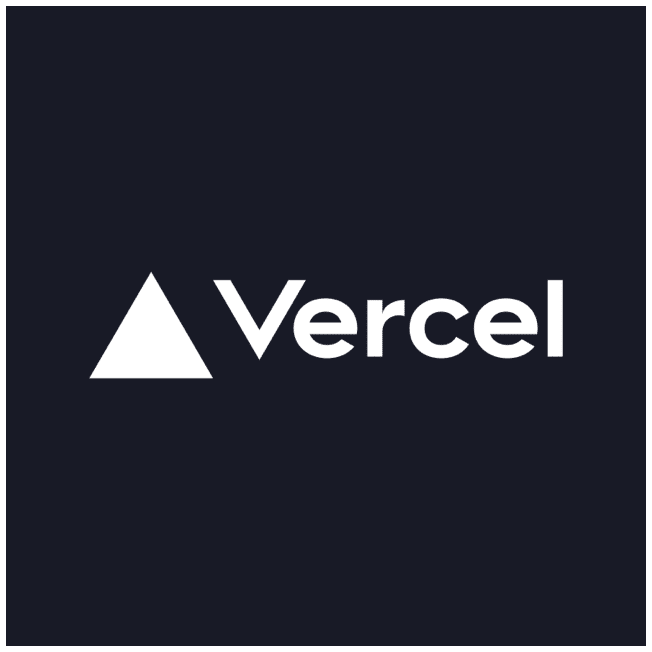Cultivating Your Digital Garden: A Guide to Note-Taking and Idea Growth
September 1, 2024, 5:33 am

Location: Costa Rica, San Francisco
Employees: 201-500
Founded date: 2015
Total raised: $563M
In the digital age, the art of note-taking has evolved. It’s no longer just about jotting down thoughts. It’s about cultivating a digital garden. This concept transforms the way we view our notes, turning them into living entities that grow and flourish over time. Imagine a garden where ideas sprout, intertwine, and bear fruit. This is the essence of a digital garden.
The journey begins with a realization. For years, I struggled with note-taking. My methods were scattered and inconsistent. I dabbled in paper notebooks, text files, and various apps. Each attempt felt like planting seeds in rocky soil. Nothing took root. But then, I discovered the Zettelkasten method. It was a revelation. This approach allowed me to organize my thoughts systematically. It was like finding the right soil for my garden.
Three years ago, I embraced a new way of keeping notes. I started using Markdown files stored in a Git repository. This setup was a game-changer. I could access my notes anywhere, anytime. On my computer, I used Visual Studio Code. On my phone, the standard Notes app sufficed. Why not Obsidian? I tried it, but it didn’t fit my workflow. I needed speed and simplicity. My notes had to be just a tap away, ready to capture fleeting thoughts.
The digital garden metaphor emphasizes growth. It’s not about rigid structures or fixed opinions. Instead, it’s about nurturing ideas through writing, rewriting, and revising. Each note is a seed. Some may blossom into fully formed concepts, while others remain as delicate sprouts. The beauty lies in their evolution.
Key principles guide this gardening process. First, connections matter more than timelines. A garden thrives on relationships. Notes should link to one another, creating a web of ideas. The date of creation fades into the background. What matters is how thoughts relate and interact.
Next, embrace continuous growth. A digital garden is never finished. It evolves, just like a real garden. We prune, we plant, and we watch our ideas flourish. This ongoing process keeps our minds active and engaged.
Imperfection is another hallmark of a digital garden. Just as a garden has weeds, our notes will have rough edges. They don’t need to be polished. Instead, they should reflect our thought processes, complete with their tangents and uncertainties. This authenticity invites exploration and experimentation.
Learning in public is a vital aspect of this philosophy. Sharing our thoughts openly fosters constructive feedback. It creates a cycle of learning that benefits both the gardener and the visitors. When we document our journeys, we invite others to join us. They can offer insights, challenge our ideas, and help us refine our thoughts.
So, how do we share our digital gardens? Today’s tools make it easier than ever. Platforms like Netlify and Vercel simplify the process of creating customizable websites. Static site generators like Jekyll and Gatsby automate page creation and optimization. These tools empower us to showcase our gardens to the world.
For my own digital garden, I chose Quartz. It’s a free static site generator designed for publishing Markdown content. It’s user-friendly for novices yet powerful enough for seasoned developers. My notes live in a public Git repository, automatically published on GitHub Pages. This setup allows me to share my thoughts while maintaining control over my content.
The act of sharing is not just altruistic. It serves a personal purpose too. When I write for others, I’m compelled to clarify my thoughts. I can’t rely on my future self to decipher my scribbles. The knowledge that my notes might help someone else pushes me to articulate my ideas clearly.
As I continue to cultivate my digital garden, I find joy in the process. The initial setup was labor-intensive, but now it runs smoothly. I regularly push updates to Git, refining my notes and enhancing their clarity. This practice has transformed my relationship with my thoughts.
The digital garden is a metaphor for growth, connection, and learning. It invites us to explore our ideas in a nurturing environment. Each note is a seed, waiting to sprout. By sharing our gardens, we create a community of learners. We can inspire one another, challenge assumptions, and cultivate a richer understanding of our thoughts.
In conclusion, the digital garden is more than a note-taking system. It’s a philosophy. It encourages us to embrace imperfection, foster connections, and engage in continuous growth. As we nurture our ideas, we create a vibrant ecosystem of knowledge. So, grab your tools and start planting. Your digital garden awaits.
The journey begins with a realization. For years, I struggled with note-taking. My methods were scattered and inconsistent. I dabbled in paper notebooks, text files, and various apps. Each attempt felt like planting seeds in rocky soil. Nothing took root. But then, I discovered the Zettelkasten method. It was a revelation. This approach allowed me to organize my thoughts systematically. It was like finding the right soil for my garden.
Three years ago, I embraced a new way of keeping notes. I started using Markdown files stored in a Git repository. This setup was a game-changer. I could access my notes anywhere, anytime. On my computer, I used Visual Studio Code. On my phone, the standard Notes app sufficed. Why not Obsidian? I tried it, but it didn’t fit my workflow. I needed speed and simplicity. My notes had to be just a tap away, ready to capture fleeting thoughts.
The digital garden metaphor emphasizes growth. It’s not about rigid structures or fixed opinions. Instead, it’s about nurturing ideas through writing, rewriting, and revising. Each note is a seed. Some may blossom into fully formed concepts, while others remain as delicate sprouts. The beauty lies in their evolution.
Key principles guide this gardening process. First, connections matter more than timelines. A garden thrives on relationships. Notes should link to one another, creating a web of ideas. The date of creation fades into the background. What matters is how thoughts relate and interact.
Next, embrace continuous growth. A digital garden is never finished. It evolves, just like a real garden. We prune, we plant, and we watch our ideas flourish. This ongoing process keeps our minds active and engaged.
Imperfection is another hallmark of a digital garden. Just as a garden has weeds, our notes will have rough edges. They don’t need to be polished. Instead, they should reflect our thought processes, complete with their tangents and uncertainties. This authenticity invites exploration and experimentation.
Learning in public is a vital aspect of this philosophy. Sharing our thoughts openly fosters constructive feedback. It creates a cycle of learning that benefits both the gardener and the visitors. When we document our journeys, we invite others to join us. They can offer insights, challenge our ideas, and help us refine our thoughts.
So, how do we share our digital gardens? Today’s tools make it easier than ever. Platforms like Netlify and Vercel simplify the process of creating customizable websites. Static site generators like Jekyll and Gatsby automate page creation and optimization. These tools empower us to showcase our gardens to the world.
For my own digital garden, I chose Quartz. It’s a free static site generator designed for publishing Markdown content. It’s user-friendly for novices yet powerful enough for seasoned developers. My notes live in a public Git repository, automatically published on GitHub Pages. This setup allows me to share my thoughts while maintaining control over my content.
The act of sharing is not just altruistic. It serves a personal purpose too. When I write for others, I’m compelled to clarify my thoughts. I can’t rely on my future self to decipher my scribbles. The knowledge that my notes might help someone else pushes me to articulate my ideas clearly.
As I continue to cultivate my digital garden, I find joy in the process. The initial setup was labor-intensive, but now it runs smoothly. I regularly push updates to Git, refining my notes and enhancing their clarity. This practice has transformed my relationship with my thoughts.
The digital garden is a metaphor for growth, connection, and learning. It invites us to explore our ideas in a nurturing environment. Each note is a seed, waiting to sprout. By sharing our gardens, we create a community of learners. We can inspire one another, challenge assumptions, and cultivate a richer understanding of our thoughts.
In conclusion, the digital garden is more than a note-taking system. It’s a philosophy. It encourages us to embrace imperfection, foster connections, and engage in continuous growth. As we nurture our ideas, we create a vibrant ecosystem of knowledge. So, grab your tools and start planting. Your digital garden awaits.

